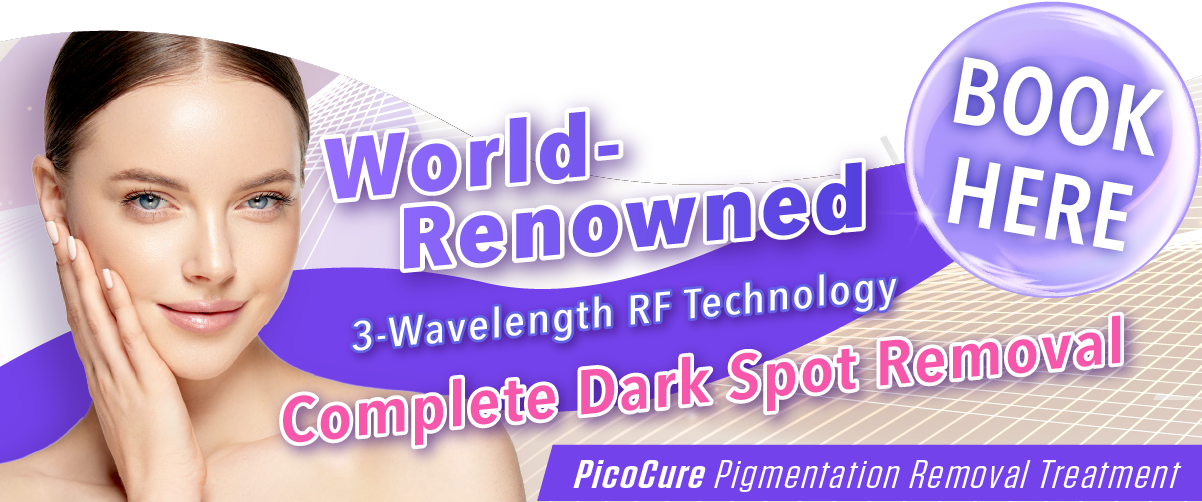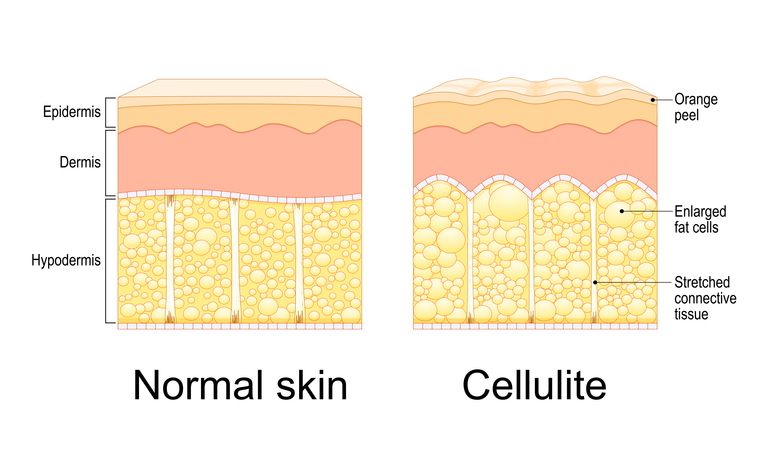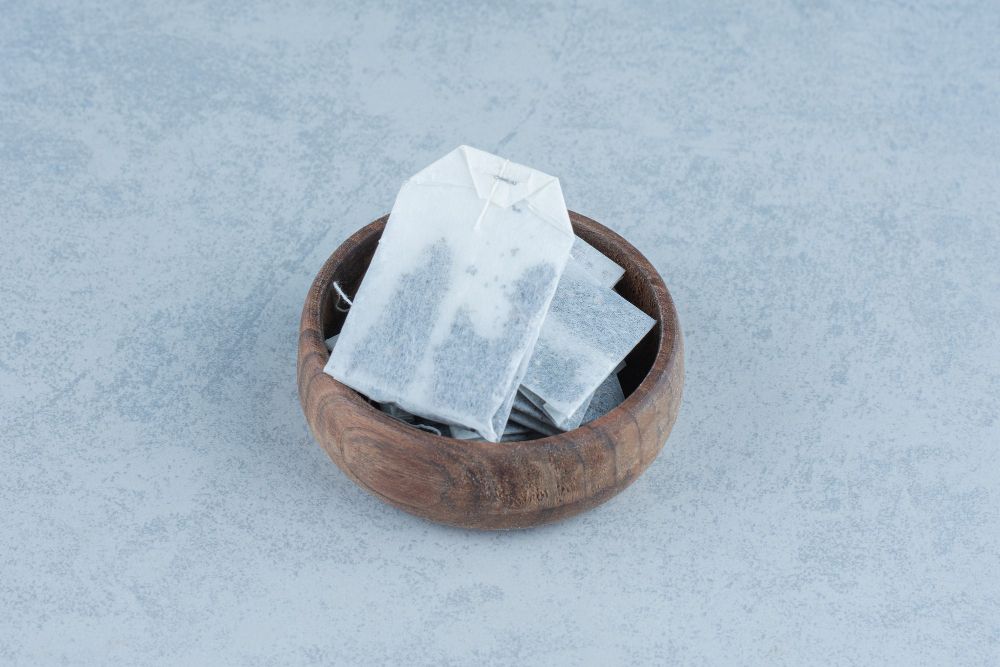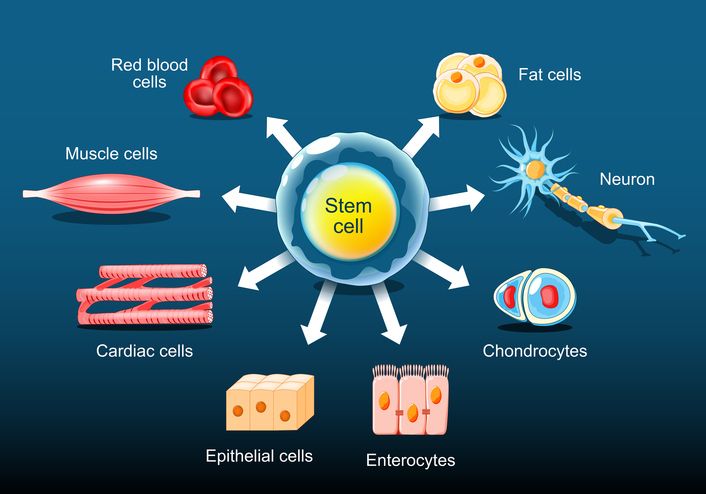

Book Now to Experience
PicoCure Pigmentation Removal Treatment
1 Minute Self-Registration
Date should not be before minimal date
Author: Natalie Ng|20 April 2025
Hyperpigmentation is a common skin issue that many of us face. It happens when certain areas of the skin darken, causing uneven skin tone and dark spots. This can be triggered by things like excessive sun exposure, acne, hormonal changes, or even skin injuries. Hyperpigmentation (dark spots) occur when the skin produces too much melanin in certain areas. In this article, we’ll go over 4 effective ways that can help lighten these darkened areas and prevent hyperpigmentation from coming back. So, keep reading to find out how you can get closer to a smoother, more even complexion!

1
What Are the Root Causes of Your Hyperpigmentation?

1. Sun Exposure and UV Rays
2. Hormonal Changes
3. Skin Injuries and Inflammation
4. Medical Conditions and Medications


2
Ultimate Guide To A Flawless Complexion: Say Goodbye To Dark Spots With These 4 Ways

1. Protect Your Skin With Sunscreen
2. Topical Treatments and Ingredients
3. Natural Solutions for Hyperpigmentation
4. Professional Treatments
FAQ
How Long Does It Typically Take to See Results From Hyperpigmentation Treatments?
You'll start seeing initial changes in your skin tone within 1-2 weeks of treatment, though complete results typically take 3-6 months. Your results' timeline depends on several factors: your skin type, the severity of hyperpigmentation, and the chosen treatment method. Darker skin tones may require longer treatment periods, while superficial spots often fade faster. Consistent sun protection and proper aftercare substantially impact how quickly you'll achieve desired results.
Can Certain Medications Make Hyperpigmentation Worse?
Yes, several medications can enhance or trigger unwanted skin changes. You'll want to be particularly mindful of NSAIDs, antimalarials, and certain blood pressure medications, as they're known to darken skin patches. Chemotherapy drugs and some psychiatric medications can also contribute to this condition. When you're taking these medicines, crucial to protect your skin from sun exposure and consult your healthcare provider if you notice any skin changes.
Is It Safe to Treat Hyperpigmentation During Pregnancy?
During pregnancy, you'll need to be selective about hyperpigmentation treatments. Safe options include kojic acid, glycolic acid in low concentrations, liposomal aloe vera, and vitamin C. Sunscreen is essential and highly recommended. However, you should avoid hydroquinone due to its high absorption rate. Most pregnancy-related hyperpigmentation will resolve naturally after delivery, but if you're concerned, consult your healthcare provider about using pregnancy-safe alternatives.
Does Stress Affect the Development or Worsening of Hyperpigmentation?
As stress goes up, your skin acts up. You'll find that stress substantially impacts hyperpigmentation through several mechanisms: 1) It increases cortisol production, which can trigger melanin synthesis, 2) It promotes inflammation that worsens existing dark spots, and 3) It disrupts your skin's natural healing processes. Chronic stress particularly affects conditions like melasma and post-inflammatory hyperpigmentation, so managing your stress levels through meditation, exercise, and proper sleep becomes vital for maintaining even skin tone.
Can Birth Control Pills Contribute to or Help Improve Hyperpigmentation?
Birth control pills can substantially impact hyperpigmentation in two ways: they can either trigger or worsen melasma in about 25% of users due to hormonal changes that increase melanin production. However, you'll find that the relationship isn't straightforward - while some people experience worsening pigmentation, others might see improvements.

Book Now to Experience
PicoCure Pigmentation Removal Treatment
1 Minute Self-Registration
Date should not be before minimal date
Recommended Articles
COPYRIGHT© NEW BEAUTY MANAGEMENT LIMITED 2025. ALL RIGHT RESERVED.




